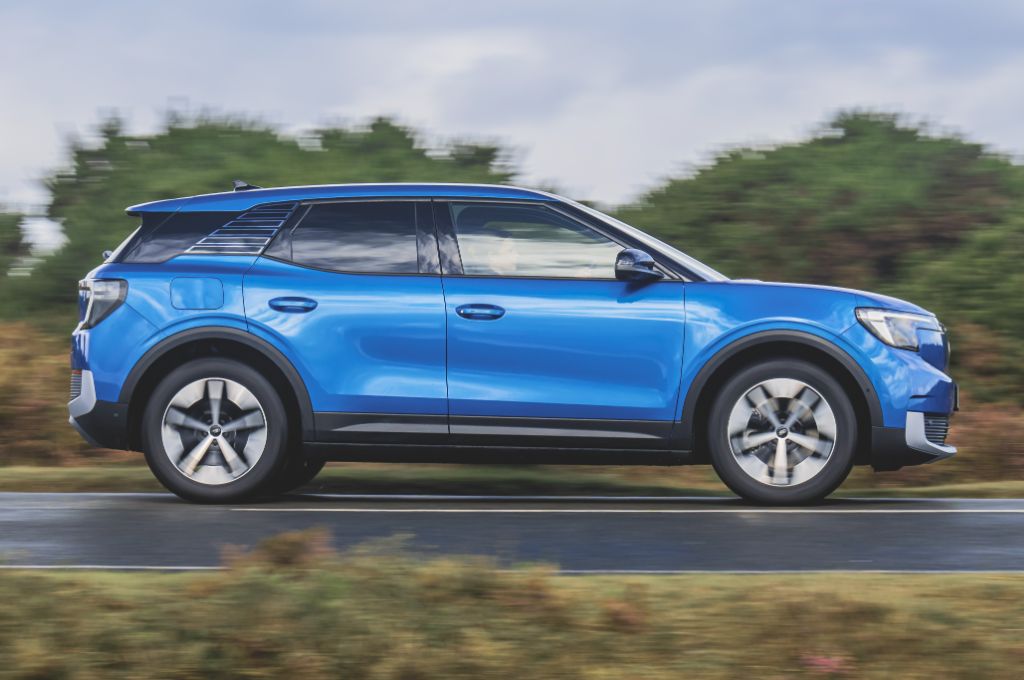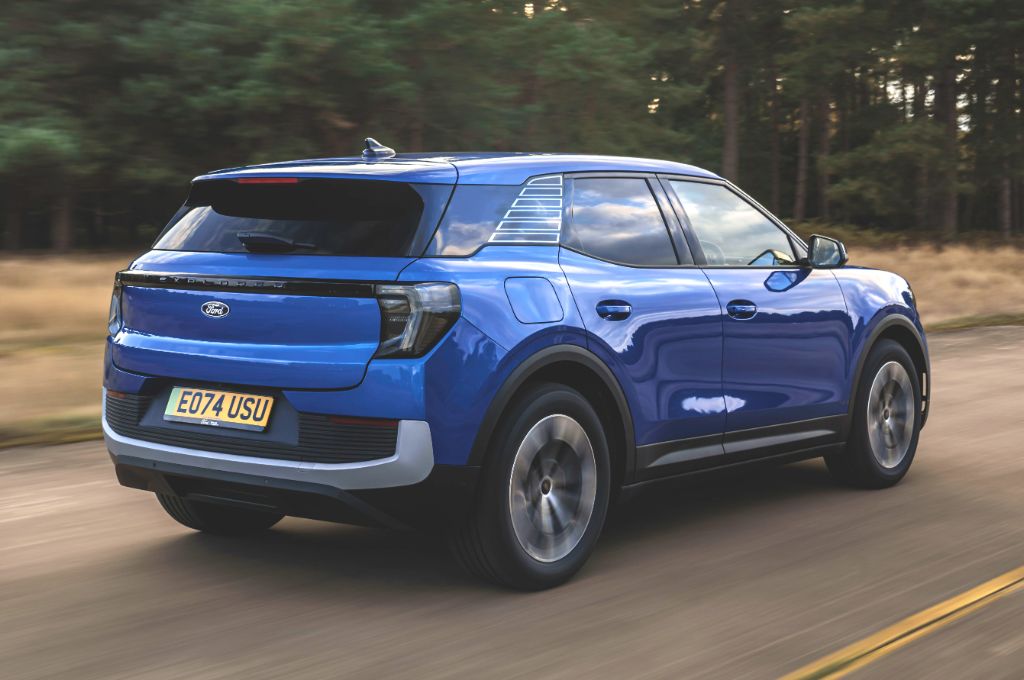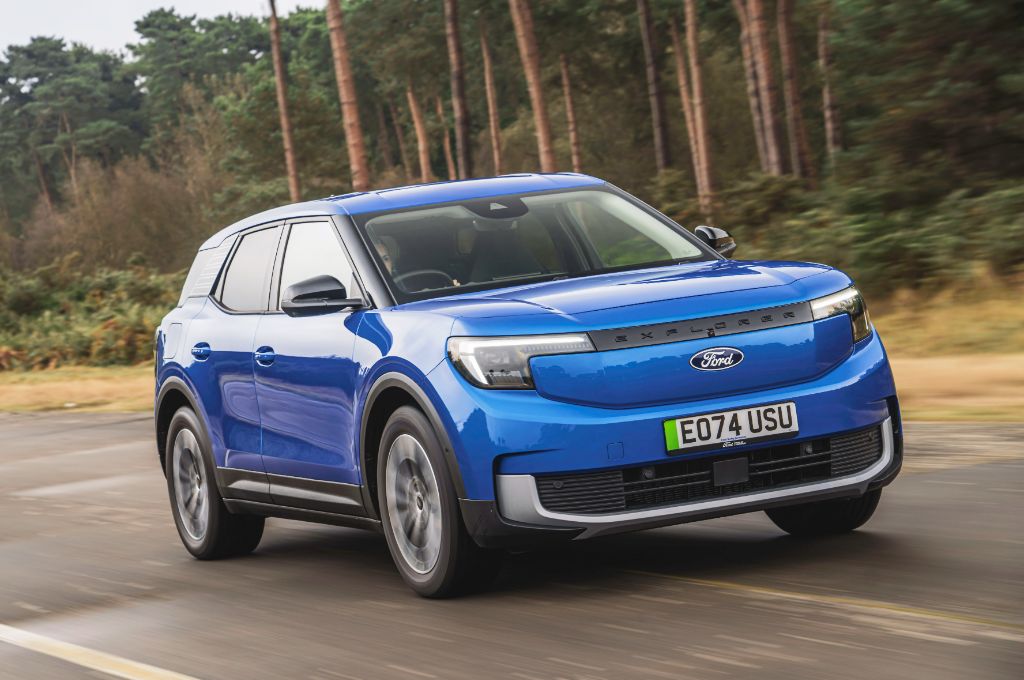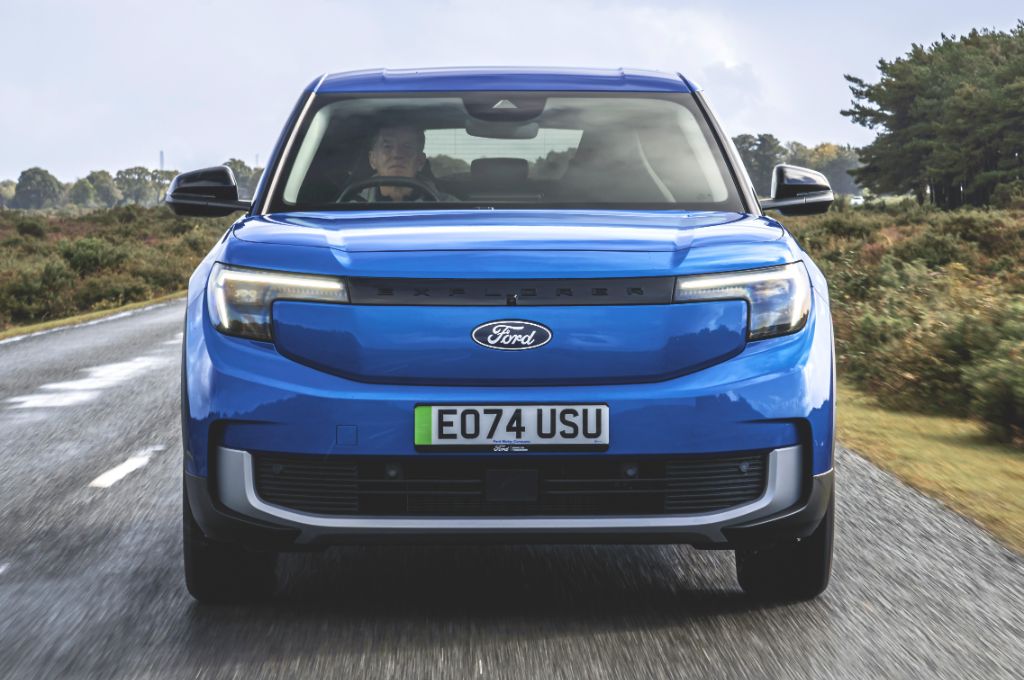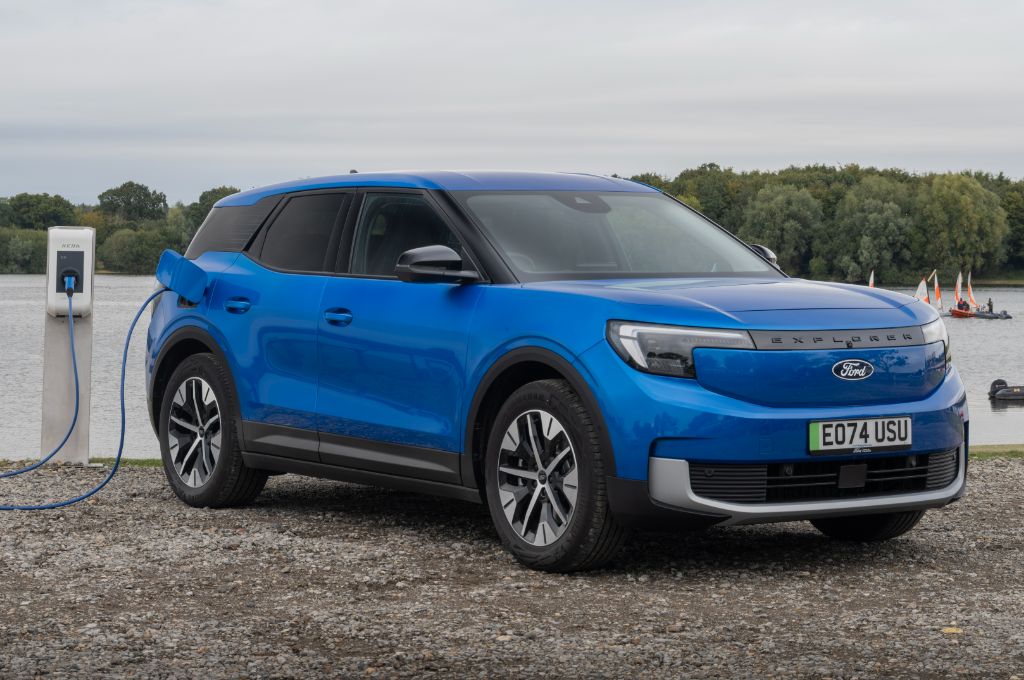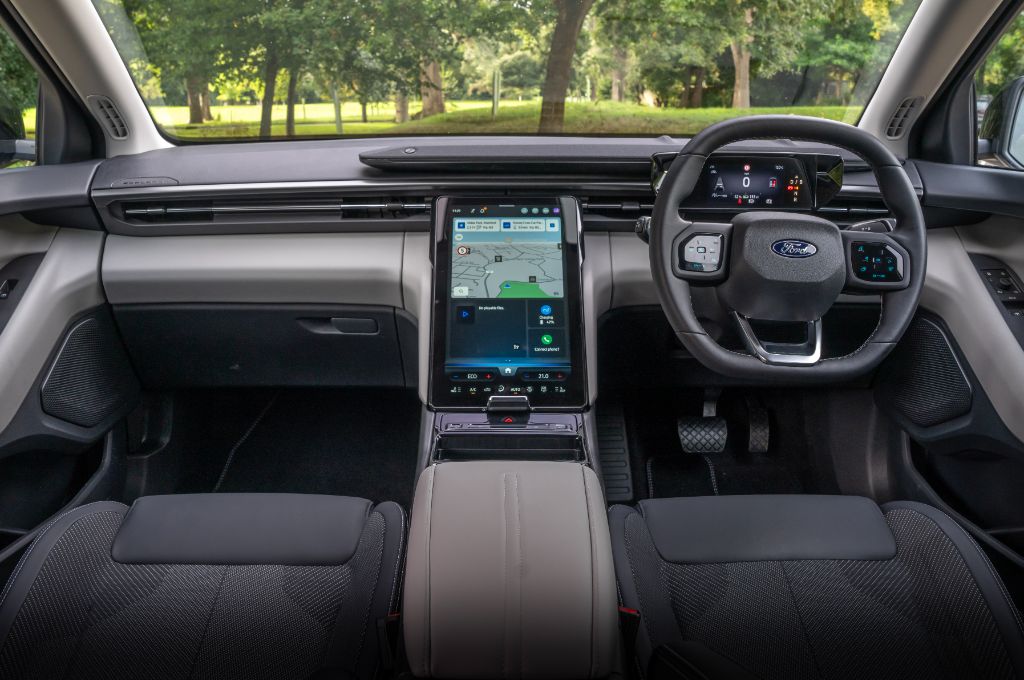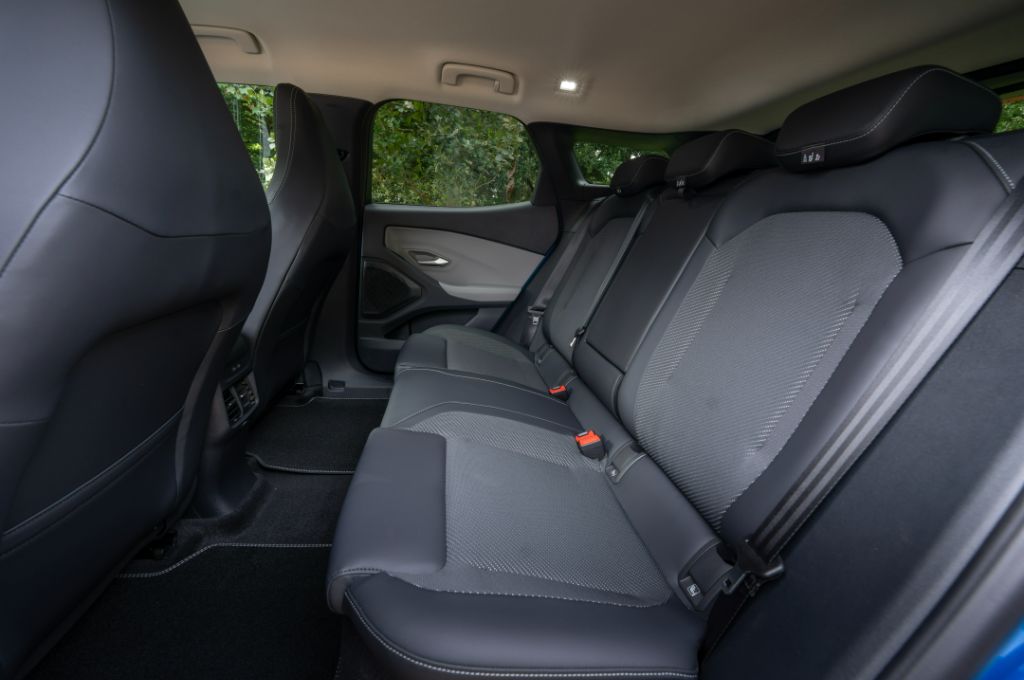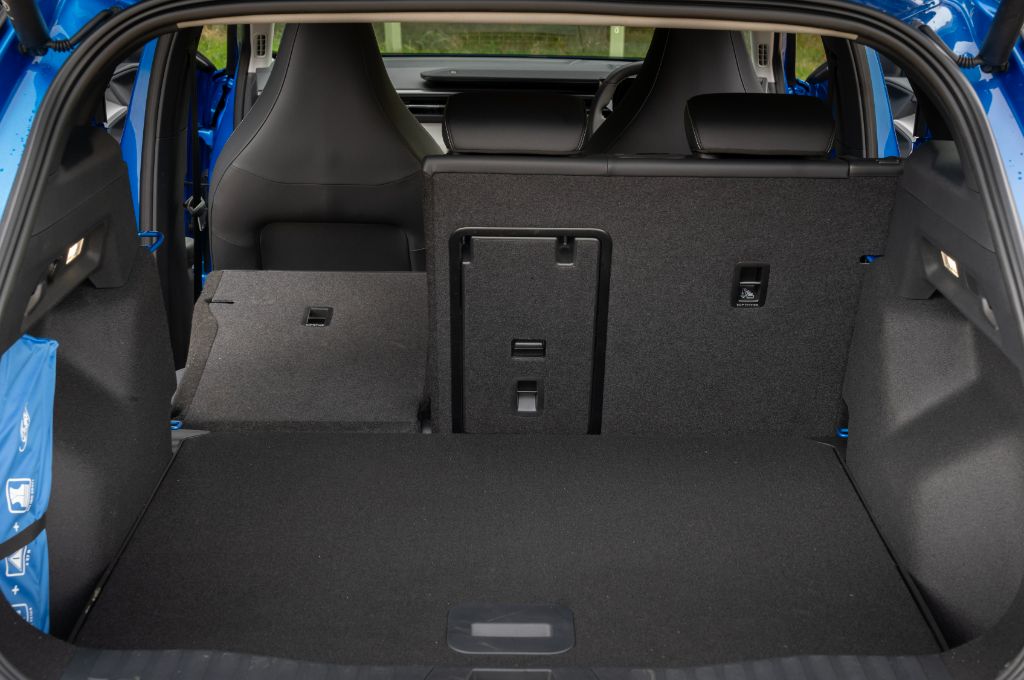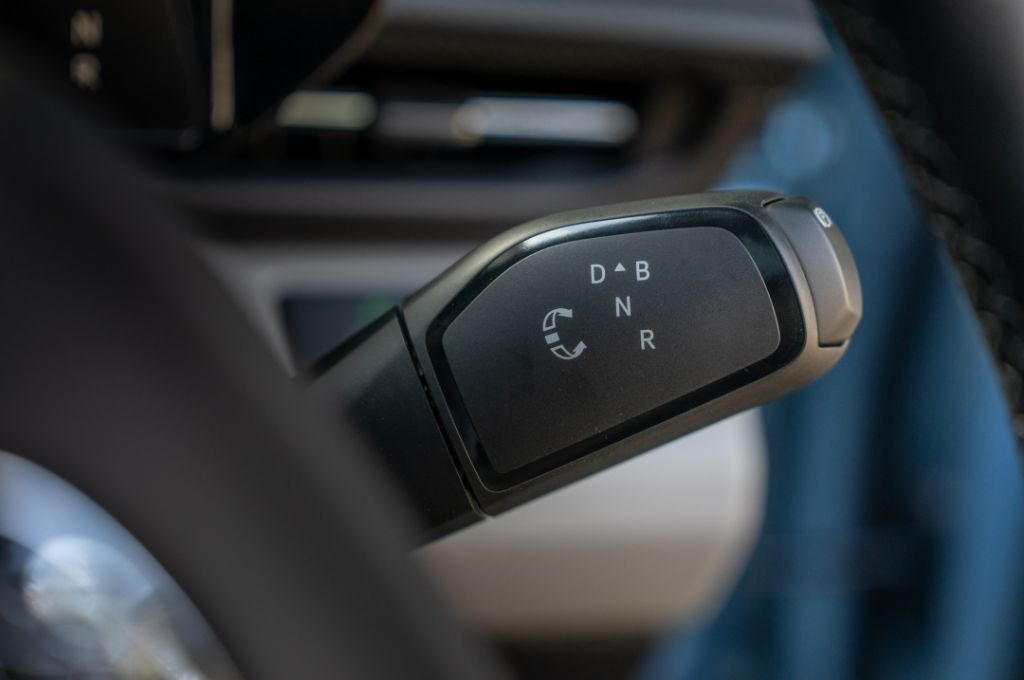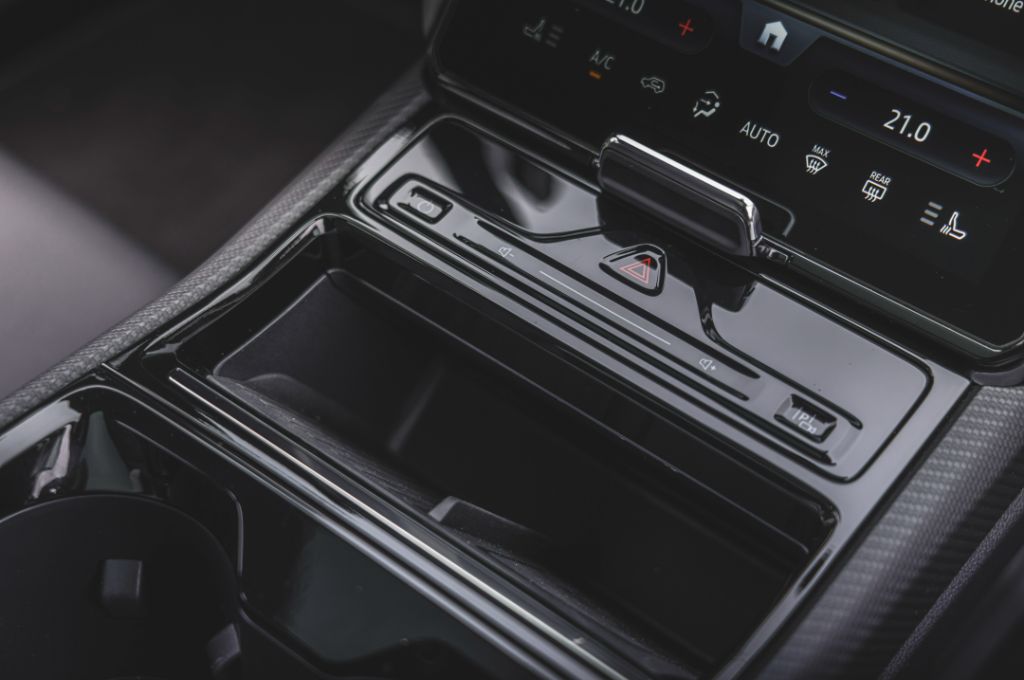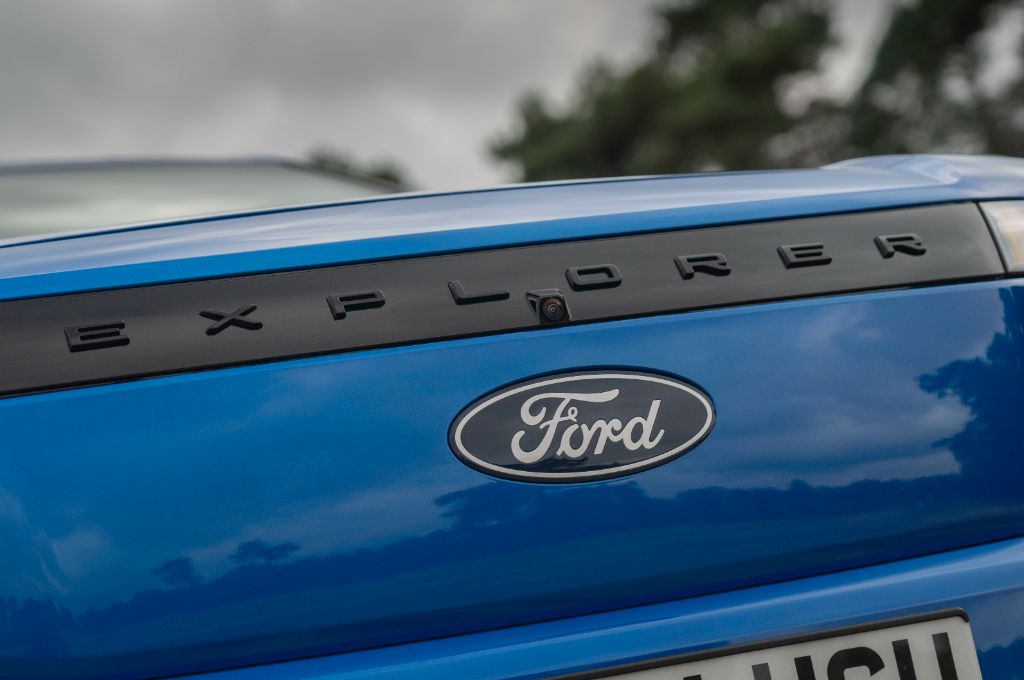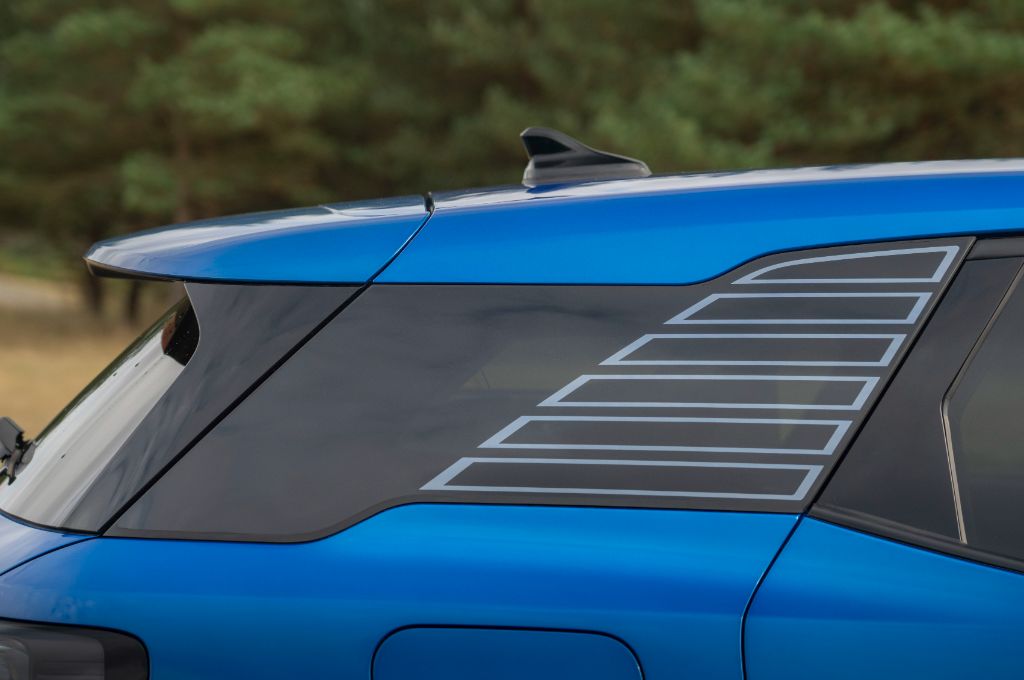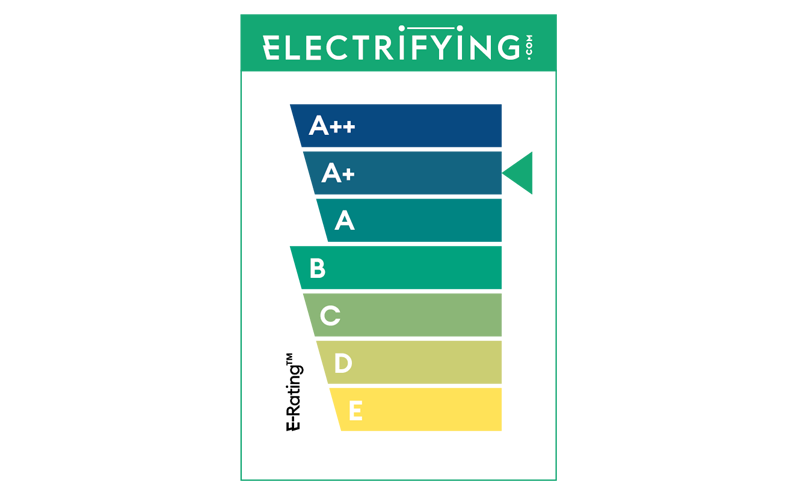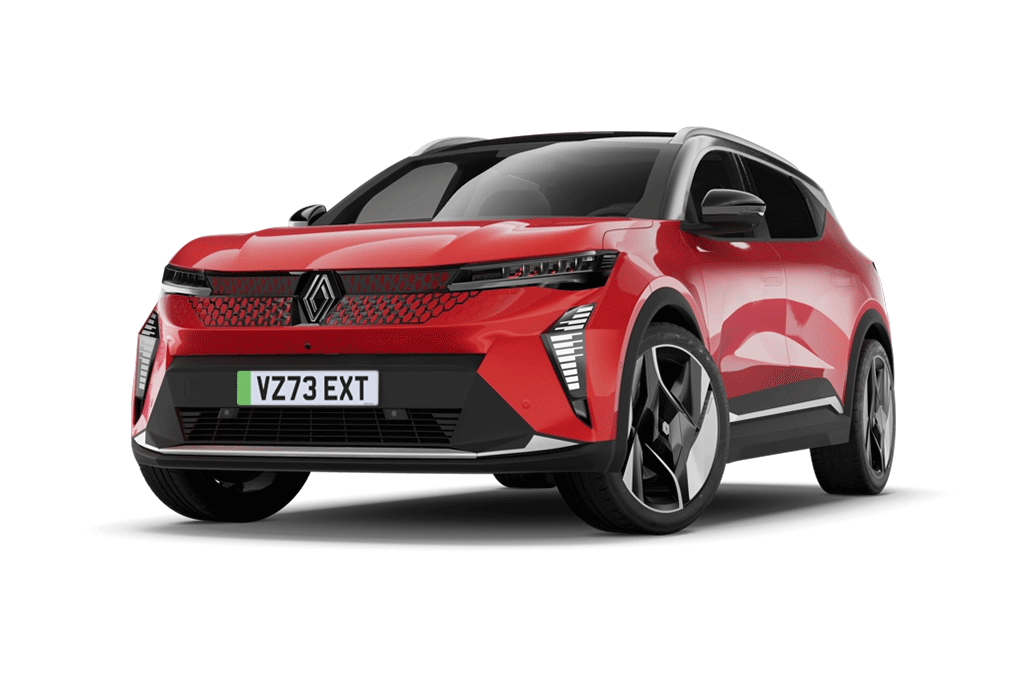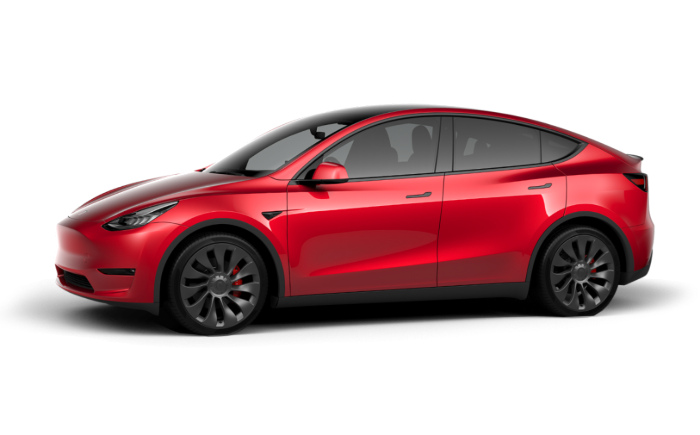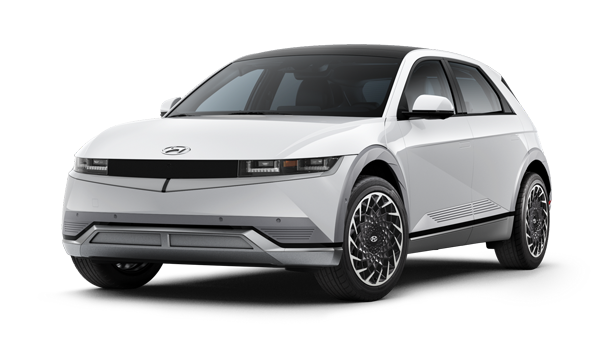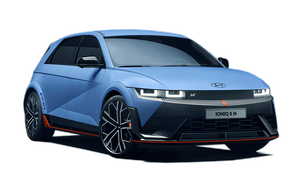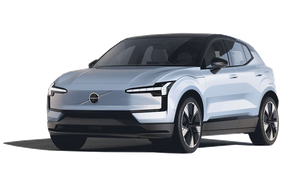This isn’t the first time that Ford has used the Explorer name; it’s been a popular model of SUV in the American market for many decades, yet this new electric family SUV has been designed and conceived by Ford of Europe and there are no intentions to take it to the American market (for now).
In fact, it’s so European that it’s actually a Volkswagen. Well, sort of… Beneath the Explorer’s smooth surface lies Volkswagen’s MEB platform and powertrains, which you may be familiar with from the ID.3, ID.4, Skoda Enyaq and co. Ford agreed a tie-up with Volkswagen a few years back, so that VW now uses Ford bits for its commercial vehicles, and Ford uses VW bits for its electric passenger cars, in an effort to cut development and manufacturing costs.
I think it looks very inoffensive and modern in terms of the styling, and it’s got great aerodynamics as a result. But maybe it could stand out more? Hmm. It’s all subjective, and the appealing smoothness and simplicity of the Ford’s design is refreshing next to some of the very busy, angular designs in this class.
There are three battery options, but the single-motor, 77kWh Extended Range RWD is likely to be the big seller as it manages up to 374 miles. The high-powered Extended Range AWD variant gets a 79kWh usable battery and a WLTP range of 329 miles, while the 52kWh model arrives later with a WLTP range of 239 miles.
Charging speeds vary, too, but you’ll get a 10-80% rapid charge in around 30 minutes in any Explorer. You can also read our guides to public charging for an in-depth explainer on charging electric cars, and a charging time calculator.
The Ford Explorer will be a very decent electric family car. There’s a huge amount of space for passengers, and while there’s no ‘frunk’ for your cable storage but the 470-litre boot is a good size and has underfloor storage - even if a Skoda Enyaq and Tesla Model Y offer usefully bigger boots. The Explorer's dash looks really smart and there’s a tilting, 14.6-inch touchscreen with all the features you want and expect. By far the most annoying things for the driver, are the touch-sensitive steering wheel controls, which are too easy to activate by accident.
Ford fans can breathe a sigh of relief, because the Explorer is very good to drive. We've spent a lot of time in the UK, driving the single-motor, rear-wheel drive 77kWh model that will be the biggest seller, and it's a really balanced, pleasant car to drive. It's very impressive that Ford has taken Volkswagen’s MEB underpinnings and made the Explorer feel… like a Ford.
However, the payoff for that sportier feel is that ride comfort is a bit lively. Not so much that it'll be a deal breaker, but you feel sharp-edged bumps and ruts more than you do in the Skoda Enyaq.
Prices start at just under £40,000 for the 52kWh Explorer Select, but most will go for the 77kWh battery, which starts from just under £46,000. That’s not cheap; a Renault Scenic goes further to a charge and costs usefully less. It’s also a shame that you have to pay £1050 to add a heat pump.
Having said that, the Ford is more generously equipped than most rivals in other respects. Even the entry-level Select models get 12-way electric seat adjustment with massage function, not to mention heated seats and keyless entry.
Verdict
The Ford Explorer is practical and fun to drive, with some neat interior tricks and a useful driving range, so it’s certainly a very recommendable electric family SUV. Even so, with rivals like the Tesla Model Y and Renault Scenic E-Tech offering low finance costs, Ford is going to have to pull out some great cash deals and monthly finance packages to really make an impact in this super-competitive class.
Like the Ford Explorer? Try these...






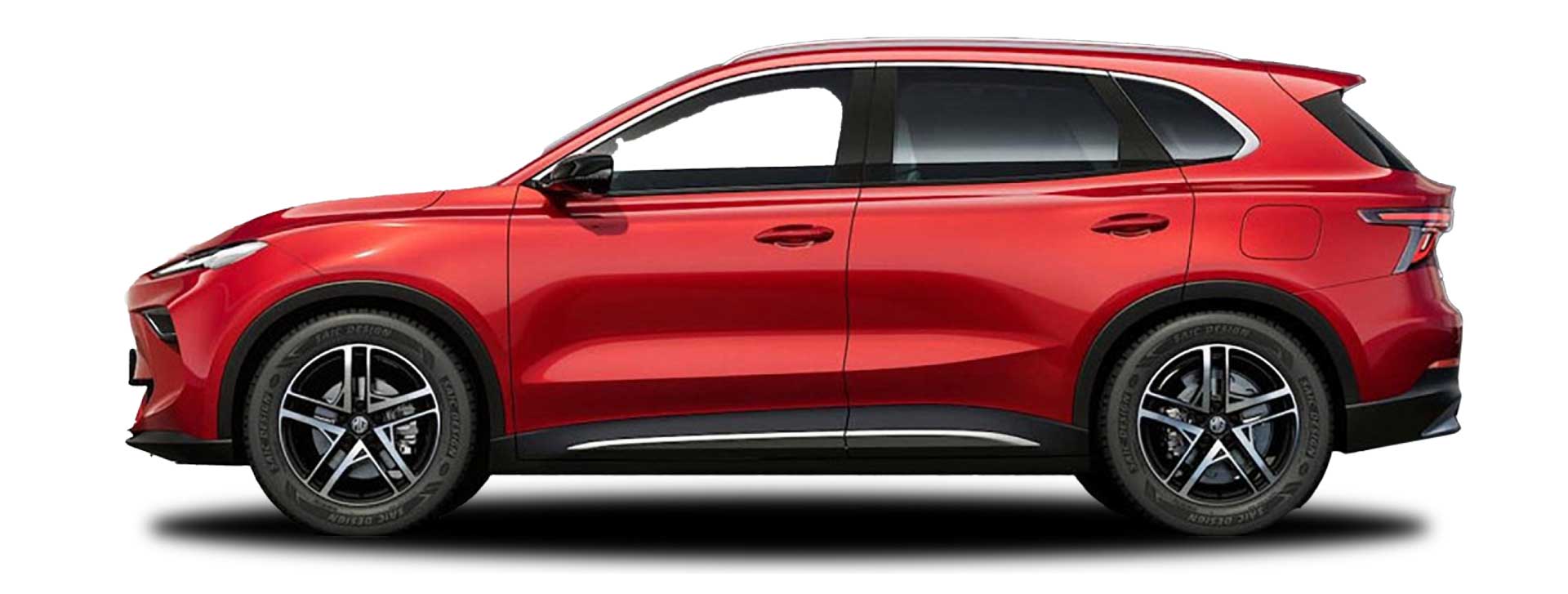





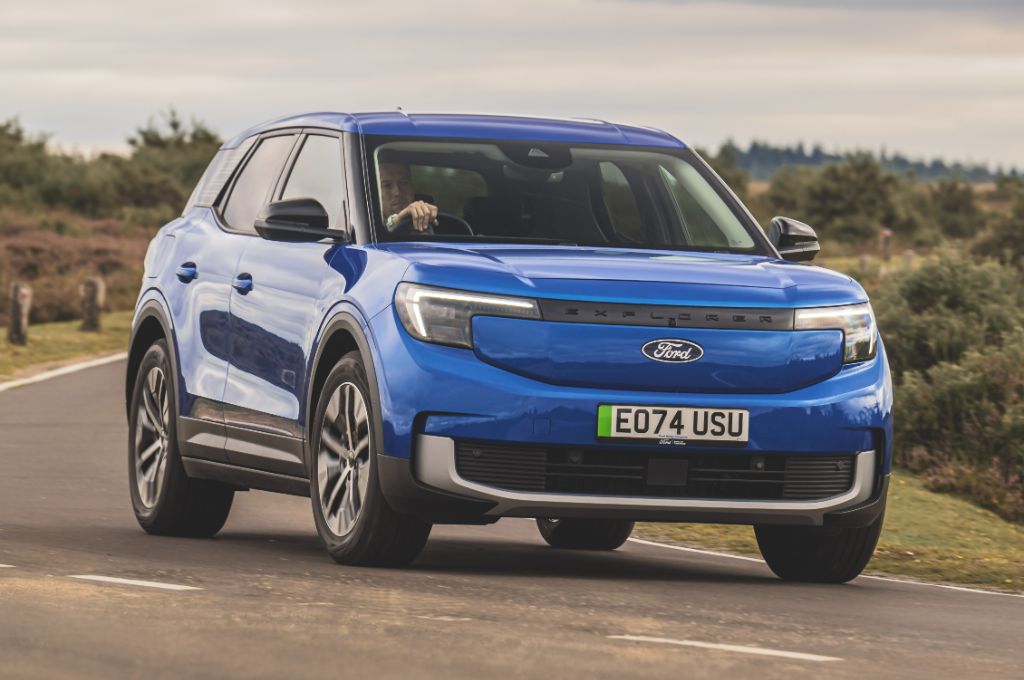
.jpg)
